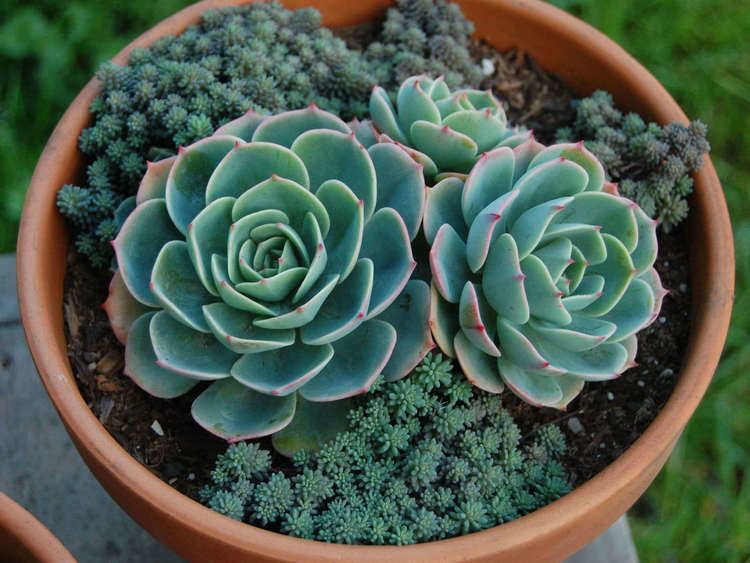Subfamily Sedoideae Subtribe Sedinae | Tribe Sedeae Scientific name Echeveria Rank Genus | |
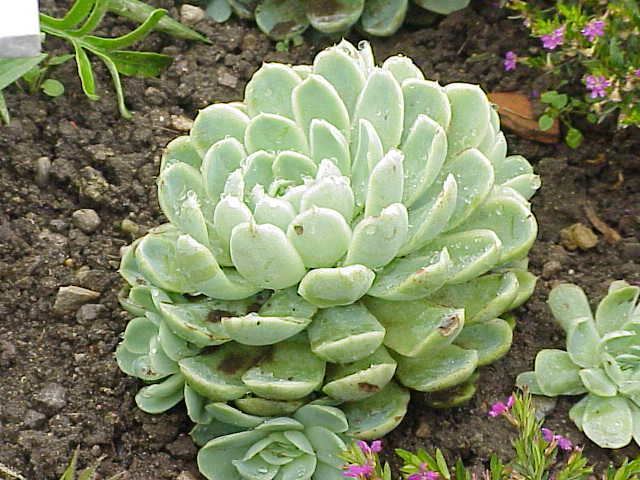 | ||
Lower classifications Echeveria agavoides, Echeveria elegans, Echeveria setosa, Echeveria laui, Echeveria lilacina | ||
How to care for grow echeveria succulent plants
Echeveria is a large genus of flowering plants in the Crassulaceae family, native to semi-desert areas of Central America, Mexico and northwestern South America.
Contents
- How to care for grow echeveria succulent plants
- How to propagate echeveria super easy succulent propagation
- Description
- Cultivation
- Propagation
- Cultivars and Hybrids
- Formerly in Echeveria
- References
How to propagate echeveria super easy succulent propagation
Description
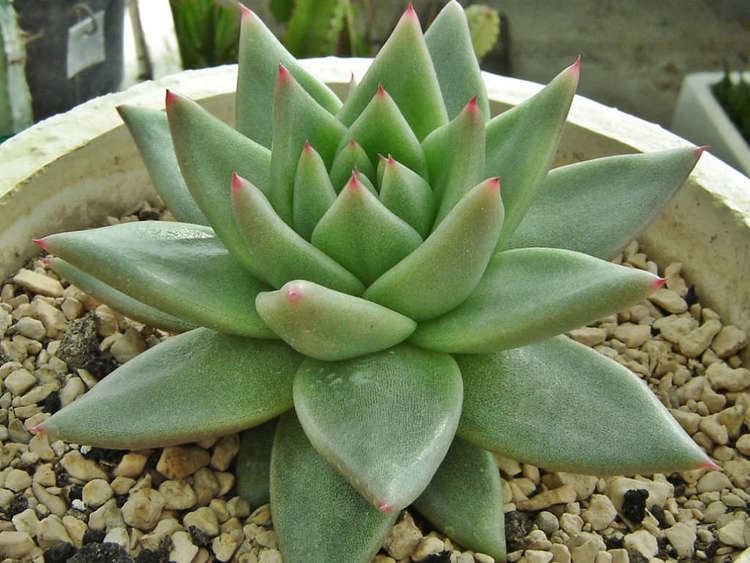
Plants may be evergreen or deciduous. Flowers on short stalks (cymes) arise from compact rosettes of succulent fleshy, often brightly coloured leaves. Species are polycarpic, meaning that they may flower and set seed many times over the course of their lifetimes. Often numerous offsets are produced, and are commonly known as "hen and chicks", which can also refer to other genera, such as Sempervivum, that are significantly different from Echeveria.
The genus is named after the 18th century Mexican botanical artist Atanasio Echeverría y Godoy.
Cultivation
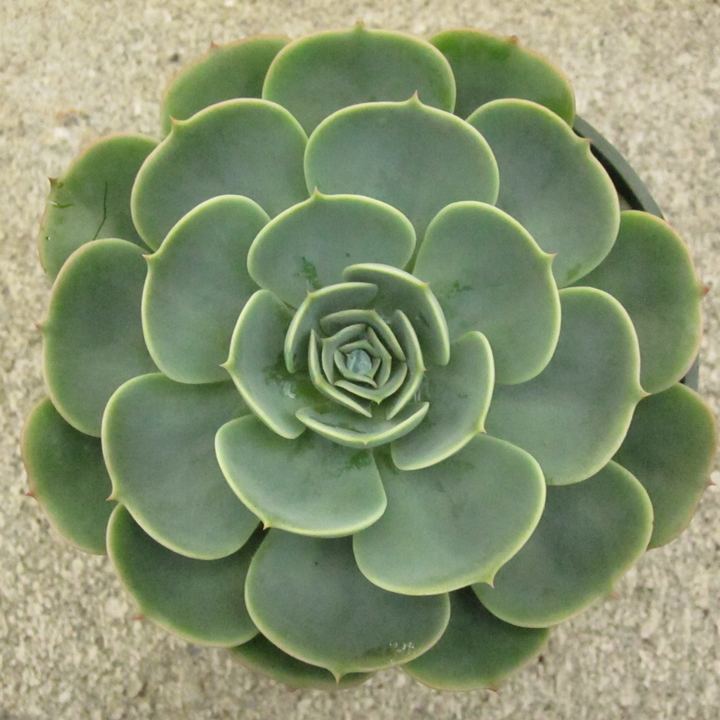
Many Echeveria species are popular as ornamental garden plants. They are drought-resistant, although they do better with regular deep watering and fertilizing. Most will tolerate shade and some frost, although hybrids tend to be less tolerant. Most lose their lower leaves in winter; as a result, after a few years, the plants lose their attractive, compact appearance and need to be re-rooted or propagated. In addition, if not removed, the shed leaves may decay, harboring fungus that can then infect the plant.
Propagation
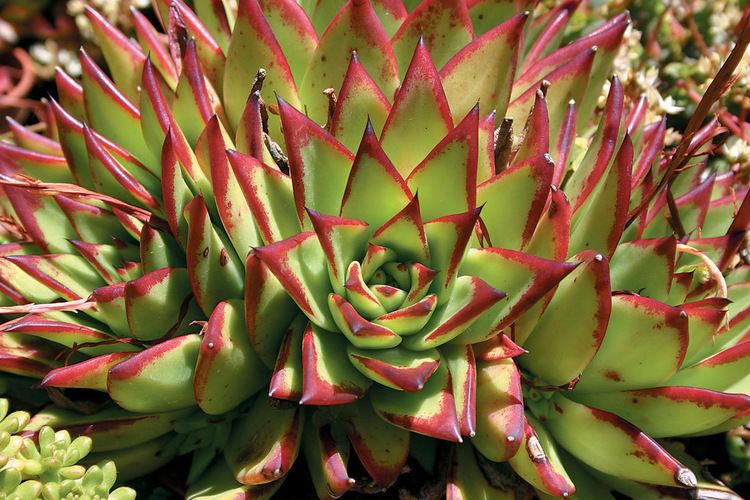
They can be propagated easily by separating offsets, but also by leaf cuttings, and by seed if they are not hybrids.
Cultivars and Hybrids
Echeveria has been extensively bred and hybridised. The following is a selection of available plants.
"Perle von Nürnberg" has gained the Royal Horticultural Society's Award of Garden Merit.
Formerly in Echeveria
